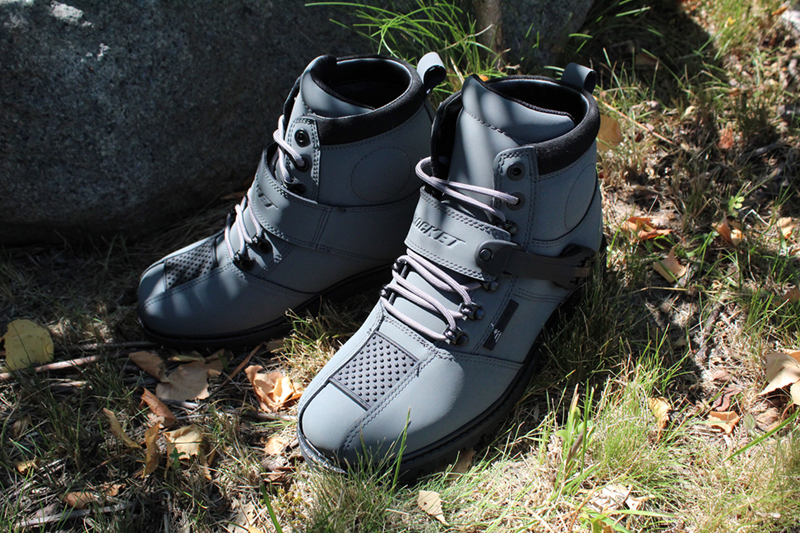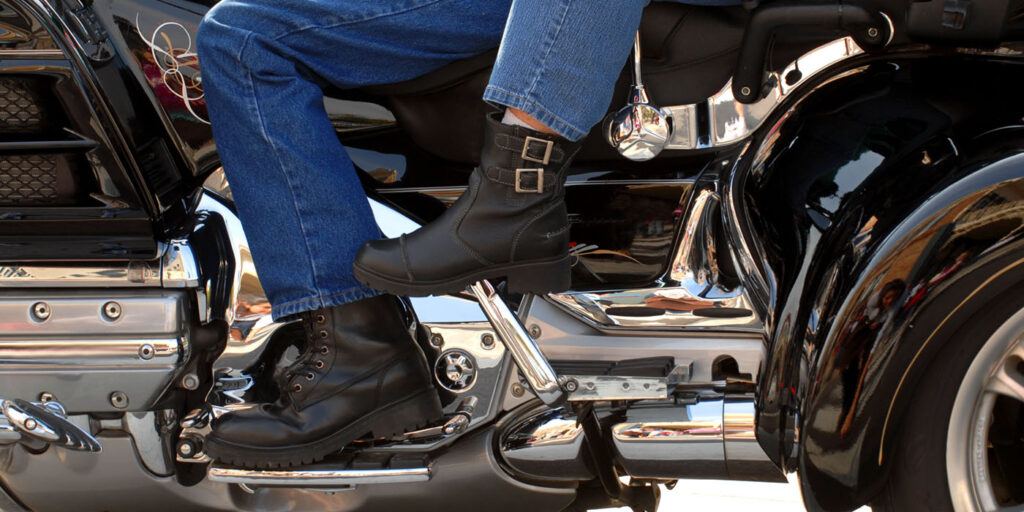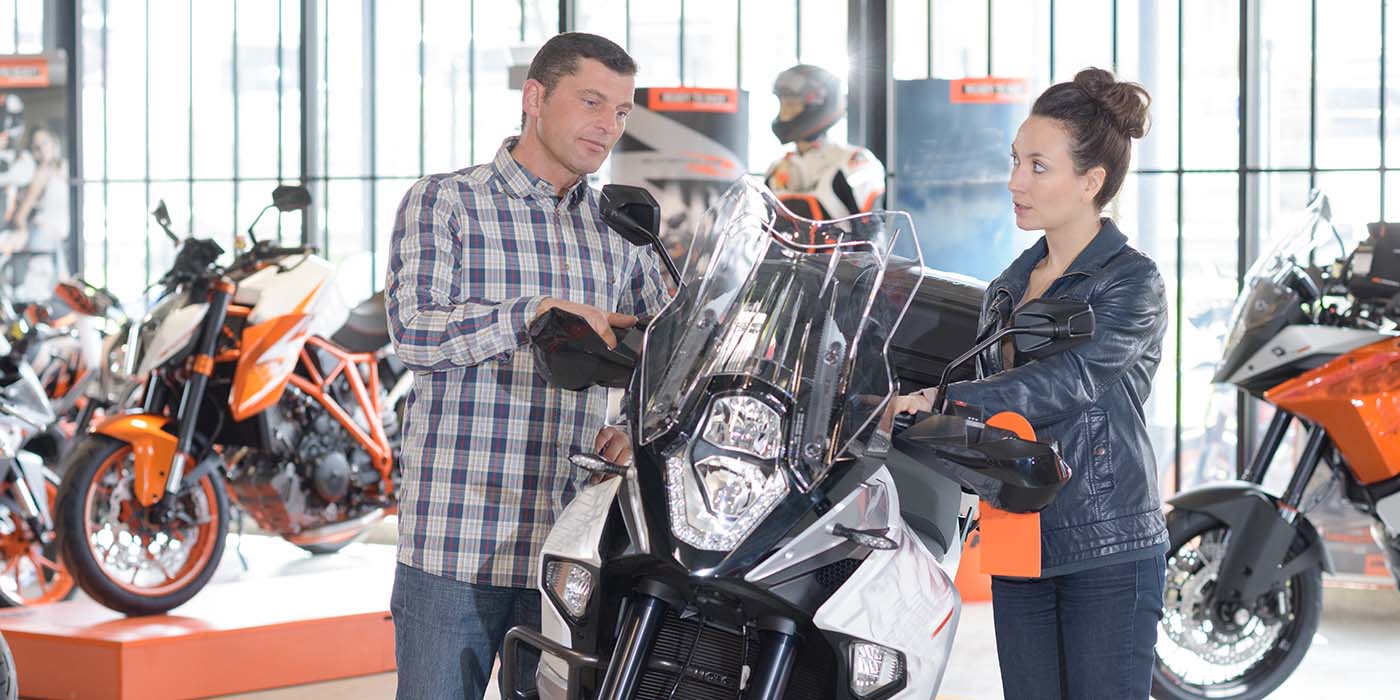One thing that many newcomers to the motorcycle world don’t realize is that protective gear should be factored into the cost of entry. The inherent risk and danger that motorcycle riding poses means that protective gear is a must, and skimping on protective gear for any part of the body could be a grave mistake.
One area that riders tend to pass over when it comes to protective wear is the feet, which is understandable to an extent. Obviously, a good jacket with armor and a proper helmet comes first in the buying cycle as to protect all of the body’s vital organs in the event of a crash. However, a good pair of riding shoes or boots is essential to a complete safe ride.
Many riders feel confident enough riding with a normal pair of shoes or boots (sometimes even sandals or flip-flops), but that is simply taking a risk in most situations. First of all, having an uncovered ankle anywhere near a 400- to 700-pound machine is an accident waiting to happen.
Imagine you get pinched between another vehicle, or a wall or a railing. Or perhaps you go to put your foot down at a red light and slip on a small pool of oil; now your bike is tipping over. A National Highway Traffic Safety Administration (NHTSA) study of lower-extremity injuries in motorcycle crashes concluded that these injuries are sustained by riders more frequently than any other type of injury. Of these, leg injuries happen the most (27%), while foot and ankle injuries combined account for 20%, the majority of which comprise of various bone fractures. As such, having a sturdy shoe or boot becomes even more critical.
It’s also important to note that riders need to be cognizant of heat at all times — not just the outside weather but the heat coming from their machine. It’s very dependent on the type of motorcycle, where sport bikes have riders sitting in a much more angled position with their feet near the rear wheels. But cruiser bikes and specifically choppers typically have the rider’s feet closer to the engine.
A normal motorcycle engine operates from around 150 to 230 degrees Fahrenheit (65 to 110 degrees Celsius). Without touching the engine, you’re unlikely to get a burn, but footwear that is made of a lighter fabric or material may get hot over time and cause discomfort. That is why it’s important to wear a strong work boot or get specifically tailored motorcycle boots.

Footwear like Joe Rocket’s Outbreak Boot allow riders to have the comfort and protection of a leather chassis and padded ankle cuff while still rocking a plain black matte finish. That way, the boots can still be worn comfortably and stylishly on the street as well. Double stitching in stress areas and non-slip soles give the boots durability and extra grip — great options for footwear that will see a lot of action on both dry and wet surfaces.
And it all comes down to comfort in the end. The great thing about shoes and boots tailored to motorcycle riding is that they come in all shapes and sizes, so you can still find what feels best while getting the added protection that sneakers just don’t have. After all, riding boots provide a much greater range of safety and peace of mind.













